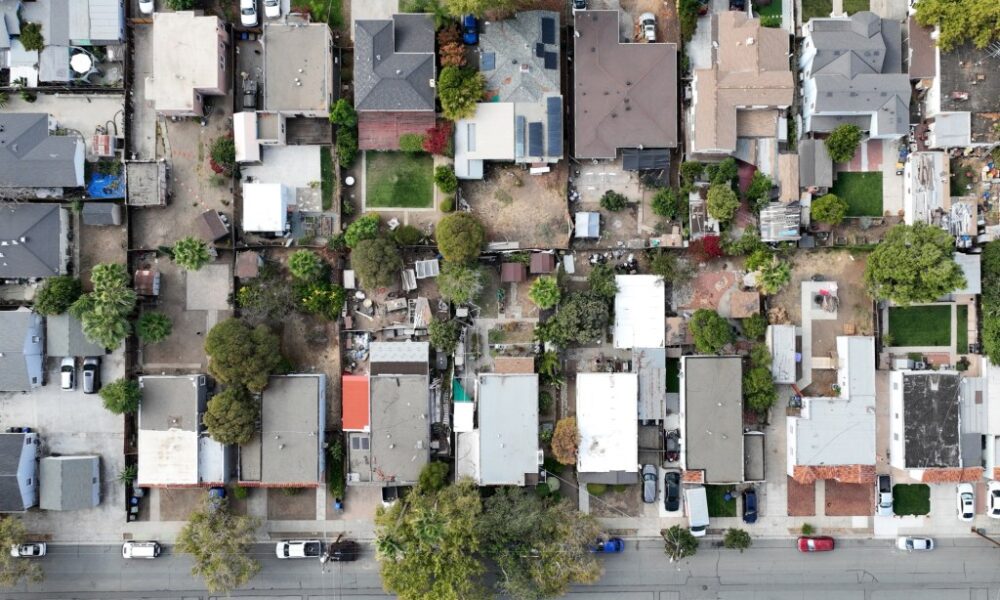UPDATE: In a decisive move to combat rising temperatures and air quality issues, Pittsburg, California, has launched its first-ever long-term Urban Forest Management Plan. This initiative, backed by a $2 million federal grant from the U.S. Department of Agriculture, aims to expand the city’s tree canopy, enhancing the quality of life for its 75,000 residents.
JUST ANNOUNCED: The city has identified a pressing need for greater tree coverage, with only 6% of its land area currently covered by trees—far below the average 14%-15% seen in similar cities. This urgent plan targets neighborhoods most vulnerable to environmental hazards, particularly low-income and communities of color.
According to a recent analysis by PlanIT Geo, Pittsburg’s tree equity score stands at 67, ranking it among the lowest in Contra Costa County. This score indicates a significant disparity in the benefits provided by urban trees, particularly in areas severely affected by heat. In contrast, nearby cities like Lafayette and Walnut Creek boast scores of 99 and 93, respectively.
The city plans to increase its canopy coverage to 10% by 2050, requiring the addition of nearly 30,000 new trees over the next 25 years. Currently, Pittsburg maintains approximately 37,700 public trees, a number that has grown from 4% in 2010 to 6% in 2022. However, many older neighborhoods suffer from inadequate tree cover due to prior planning issues.
Natasha Farmer, an administrative analyst with the Pittsburg Public Works Department, emphasized the need for a comprehensive approach: “Unlike other cities that create a 10-year plan, Pittsburg aims to develop a 40-year urban forestry master plan to prepare for climate change and sustainability.”
In an effort to gather community input, the city is conducting a survey to shape its urban forest management strategy. Furthermore, Pittsburg aims to plant 450 new trees by January 2029, with half of these in underserved neighborhoods. So far, around 100 new trees have been planted this year.
Residents like Dulce Bernal and Isebel Morales are eager for these changes. Bernal, who lives in a low-income apartment, struggles with heat and air pollution affecting her child’s asthma. “I have to keep the air conditioner running all the time; otherwise, my child’s asthma gets triggered,” she said.
Morales expressed a similar sentiment, noting the lack of green spaces: “I would love to go to a green area, but there’s no green area near here. Maybe if there are more trees, it will be nice to go during afternoons.”
Pittsburg’s Urban Forest Management Plan not only aims to improve air quality and provide shade but also addresses the inequities that many residents face. The initiative represents a significant step toward a healthier, more sustainable city for all its inhabitants.
As the city moves forward with its ambitious goals, residents are hopeful for a greener future, urging city officials to increase tree-planting events to ensure the benefits of shade and cleaner air reach every corner of the community.







